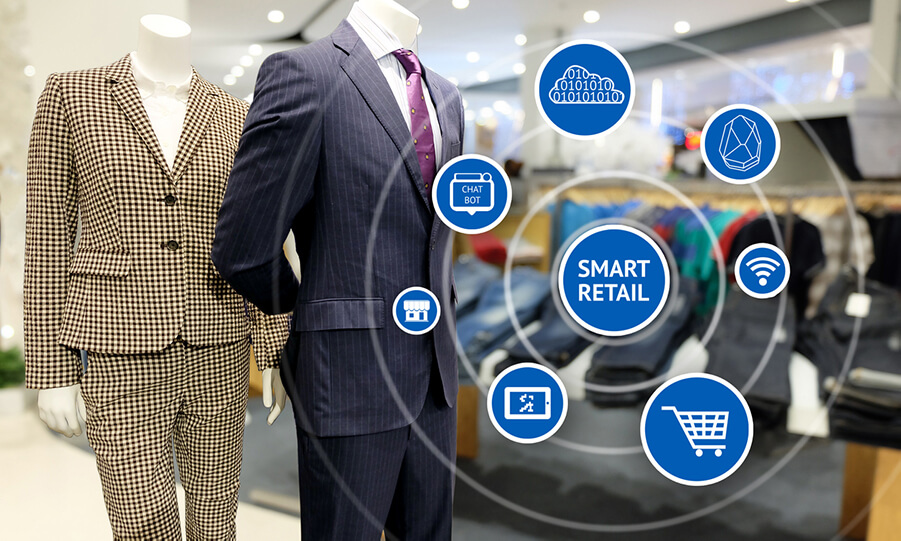The State of Order Fulfillment & Retail Customer Experience in 2023
As the new era of retail continues to demand the revision of operations across the sector, renewed customer experience considerations are set to top agendas throughout the year ahead. Although omnichannel provisions such as Buy Online, Pick Up In-Store (BOPIS) and Buy Online, Return In-Store (BORIS) remain critical, the in-store experience has never been more important to driving customer engagement. This must be a top consideration for retailers moving forward.
According to findings from Part 1 of SML’s “State of Retail 2022/23 Report”, 48% of respondents considered perfecting the in-store customer experience to be pivotal to retail success in 2023. With ongoing challenges such as the labor shortage and changing purchasing habits impacting the entire industry, retailers face another uncertain year ahead. With changing customer expectations of how their orders should be fulfilled, it is now crucial that retailers prioritize customer service provisions and the enhancement of in-store experiences.
Changing Customer Expectations
With eCommerce gaining significant momentum within the past few years, in-store retail is regaining appeal as consumers prioritize in-person encounters. According to Zendesk, over 60% of shoppers now have higher expectations of customer service, with a further 61% likely to switch brands after a single negative experience. As a result, brick-and-mortar stores must redirect their focus to improving the customer experience, or risk losing customers.
Shoppers demand quick and seamless experiences now more than ever, with SML’s research suggesting that services like home-delivery (48%) and BOPIS (30%) are now commonly expected options amongst today’s consumers.
Evolving Models of Order Fulfillment
As customer expectations shift in the digital age, brands have started to provide a variety of flexible shopping solutions such as BOPIS and BORIS. These changes, along with ever-increasing customer demand, are not showing any signs of slowing down and retailers are tasked with continuing to elevate those shopping channels without detracting from resources that support the in-store shopping experience.
According to Part One of our State of Retail Insight report, nearly half (48%) of retailers state that frequently out-of-stock items were a major concern when considering order fulfilment. Additionally, reduced inventory visibility was similarly cited as a challenge by 32% of respondents, and a further 25% complained about carrying out manual searches for products.
Bridging the Gap
For most retailers, the return on investment of implementing an omnichannel strategy is obvious. However, there is also a clear necessity for the retail industry to educate itself on the many solutions and technologies available to support efficient omnichannel strategies. With 23% of retailers citing inadequate inventory visibility as a major barrier to launching an omnichannel solution, deploying item-level RFID enables retailers to resolve the root cause of order cancellations by allowing order management systems to work off of accurate up-to-date inventory. The foundational impact to inventory accuracy and the ability to use RFID technology to search for and locate specific items in the store drive increases in order fulfilment percentages and reduce the amount of time store associates spend looking for items.
Another benefit of deploying RFID technology in-store is the additional time that store associates are able to devote to customer service. Previously, manual stock counting and finding items was inefficient and contributed to lost sales in-store and online. However, with RFID technology in place, staff have improved visibility of products and can be confident that stated inventory levels and product search features can enable them to provide elevated customer service.
Embracing technologies that enable retailers to solve fundamental problems relating to customer expectations is critical for future growth and RFID is a foundational change for retailers moving from a limited SKU-based view of inventory to an item-level view with 93-99% accuracy.
To find out more on how RFID can improve your order fulfillment and customer experience, download SML’s State of the Retail Report Part 1.










